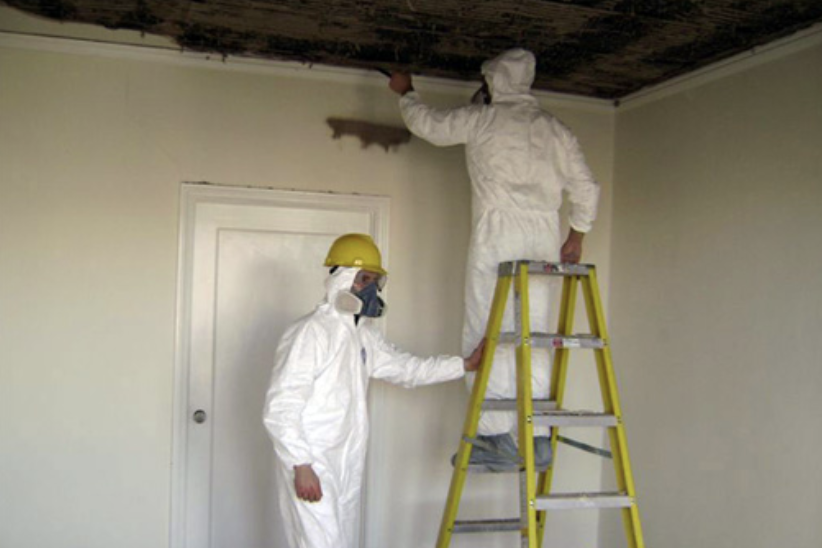
Professional mold testing is an effective way to search for fungal growth. It includes measuring your indoor air quality, as well as identifying what strain of mold is in the tested area. Sometimes air particles from the outdoors are collected and compared to the indoor sample. The differences in spore concentration measures the amount of mold inside the house.
Air sampling collects air determines the quantity of spores in the analyzed air by using an airborne particle collector that traps spores on a dish. Later on, a microscope is used to analyze the data in a lab setting. Results help you assess the risk of mold exposure as well as the type of mold present in the culture dish.
Surface sampling uses swabbing or a technique called tape lifting for collection. By collecting samples from certain house surfaces you are able to find the amount of mold growing in the tested surface. In contrast to air sampling, this method does not find the exact concentration of spores.
Bulk sampling uses objects or materials from the place tested. Materials are collected and further examine under the microscope. This method gives an approximation on spores concentration.
Test kits are widely available in the market, but the results may vary depending on the quality of the kit and the precision of the sampling method. Don’t risk your health and that of your loved ones: In order to perform a professional mold inspection, contact a licensed mold testing company.